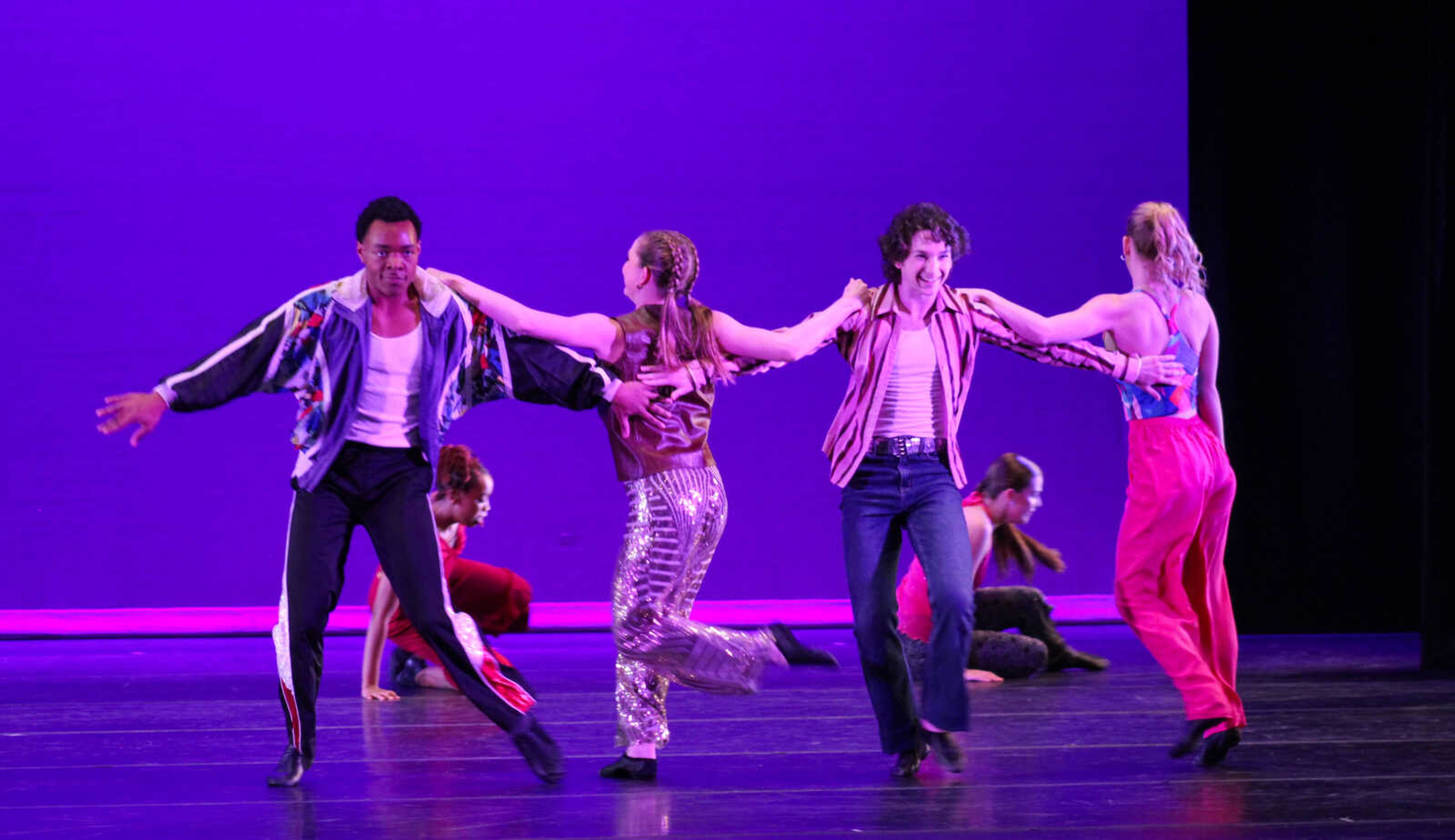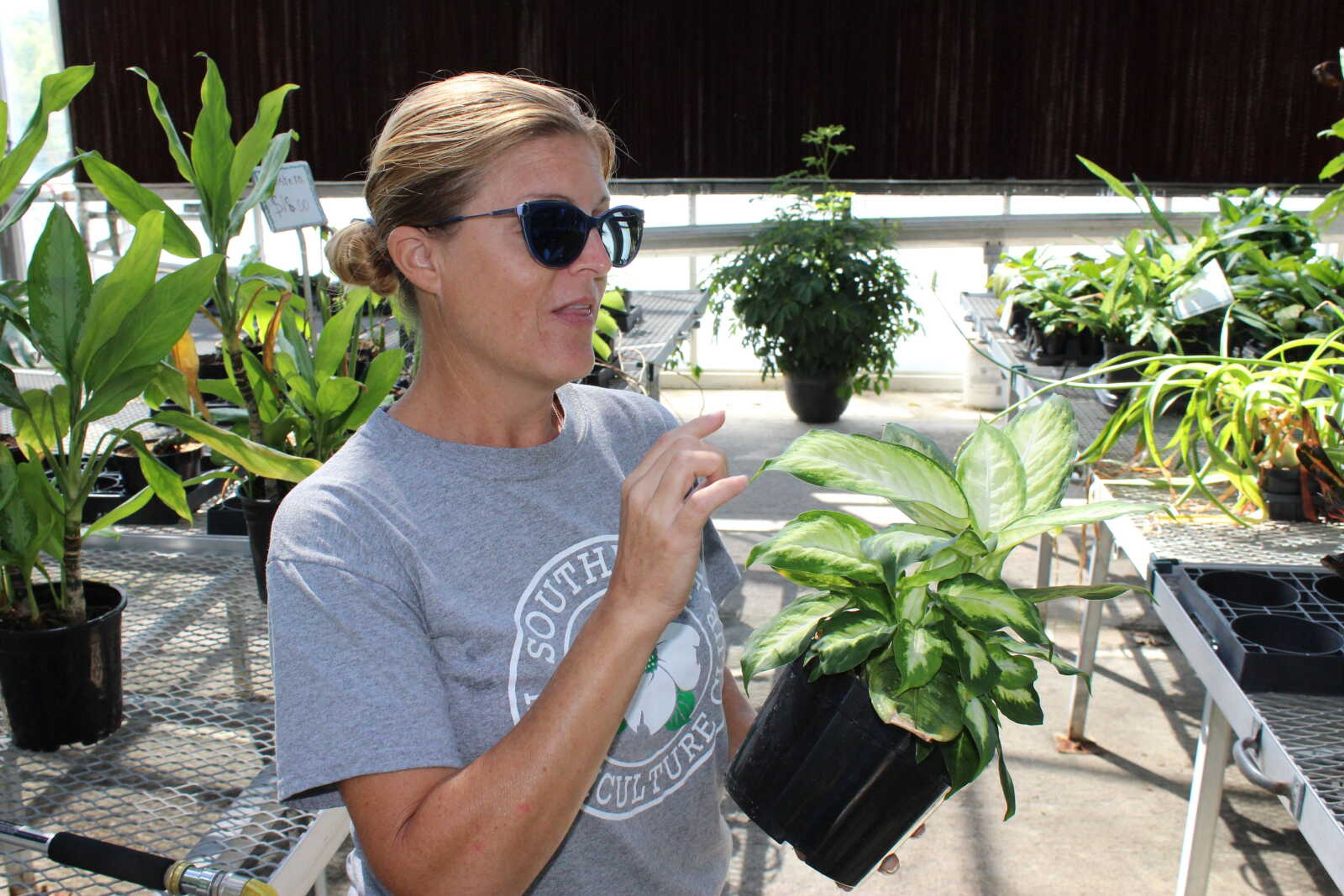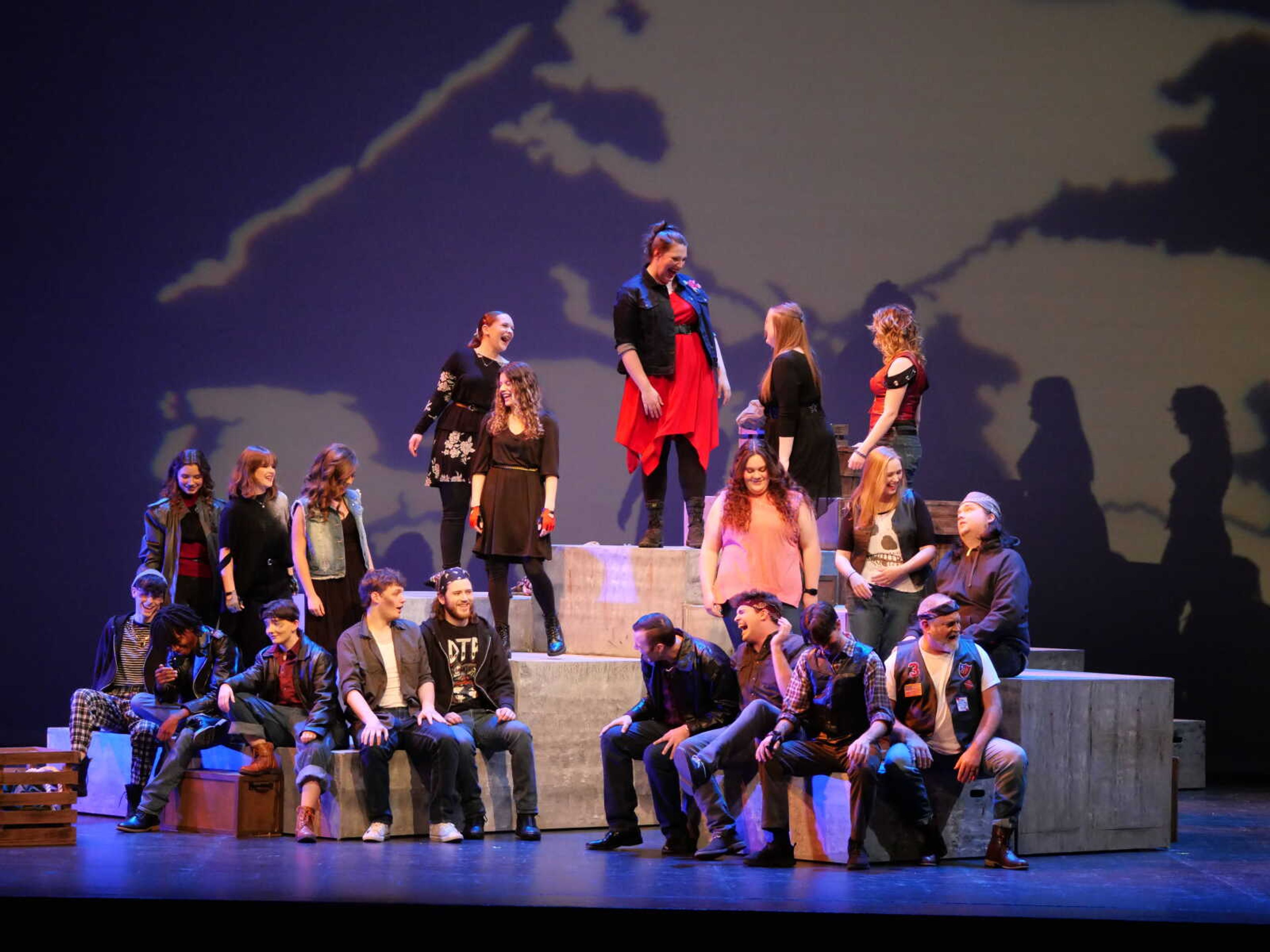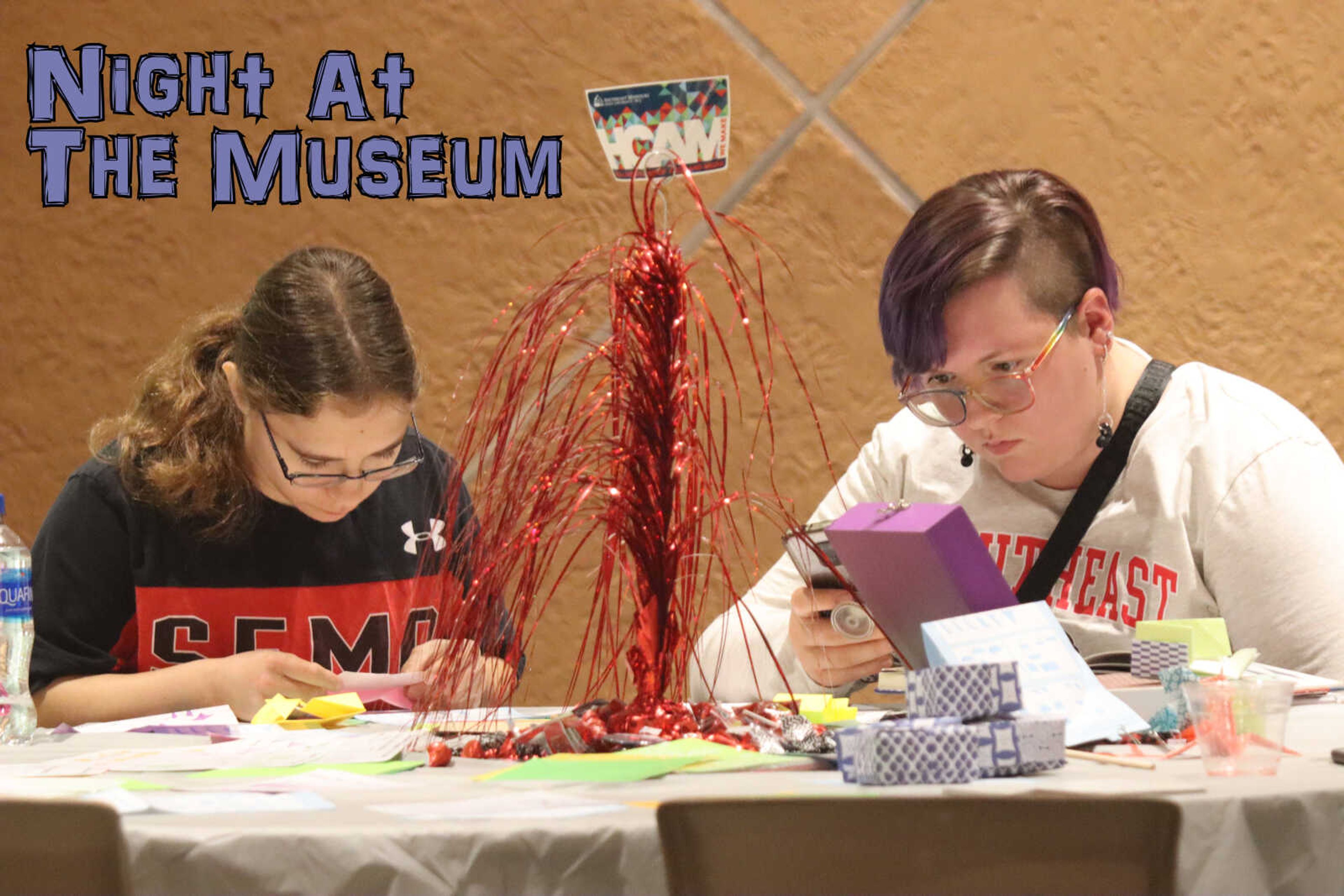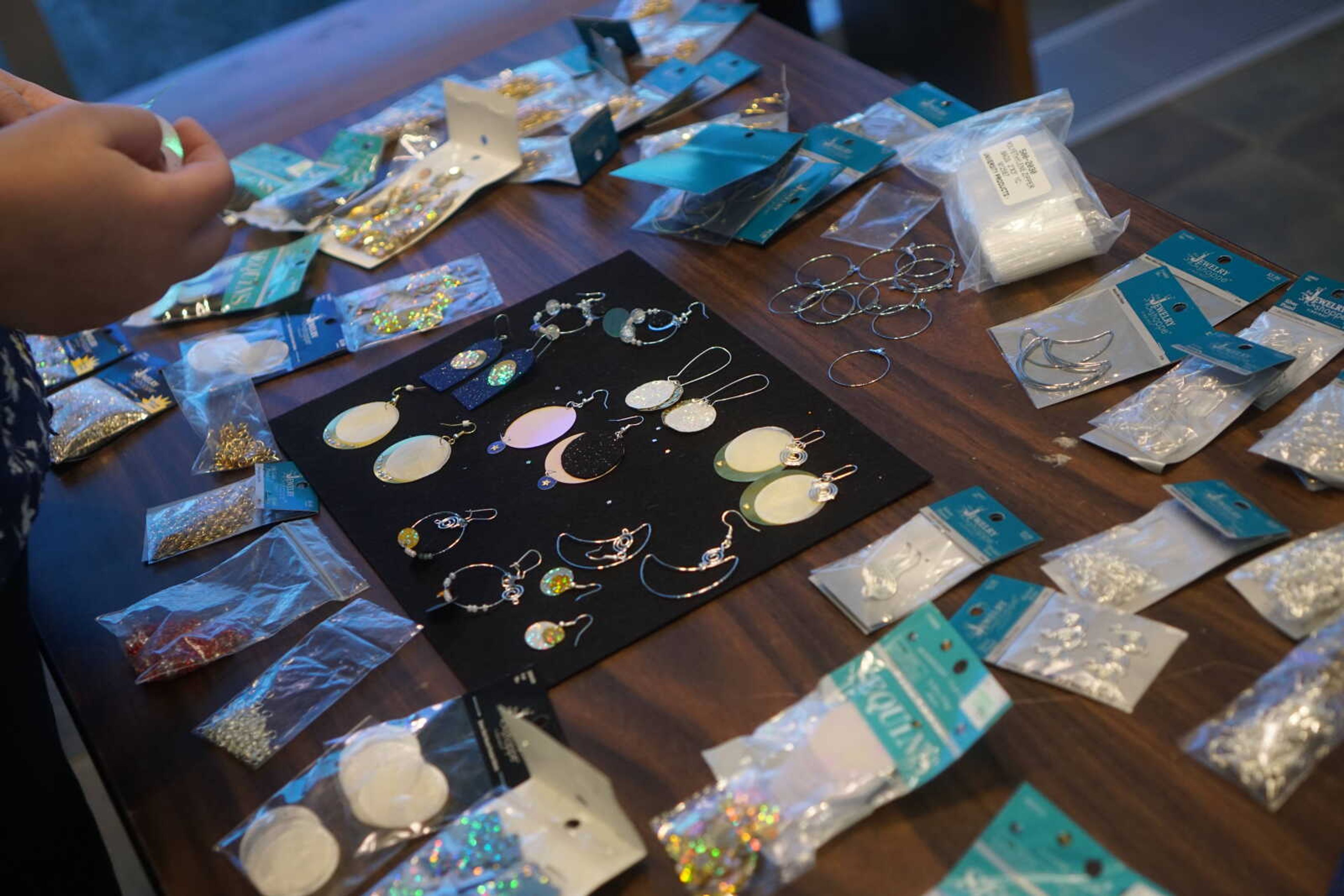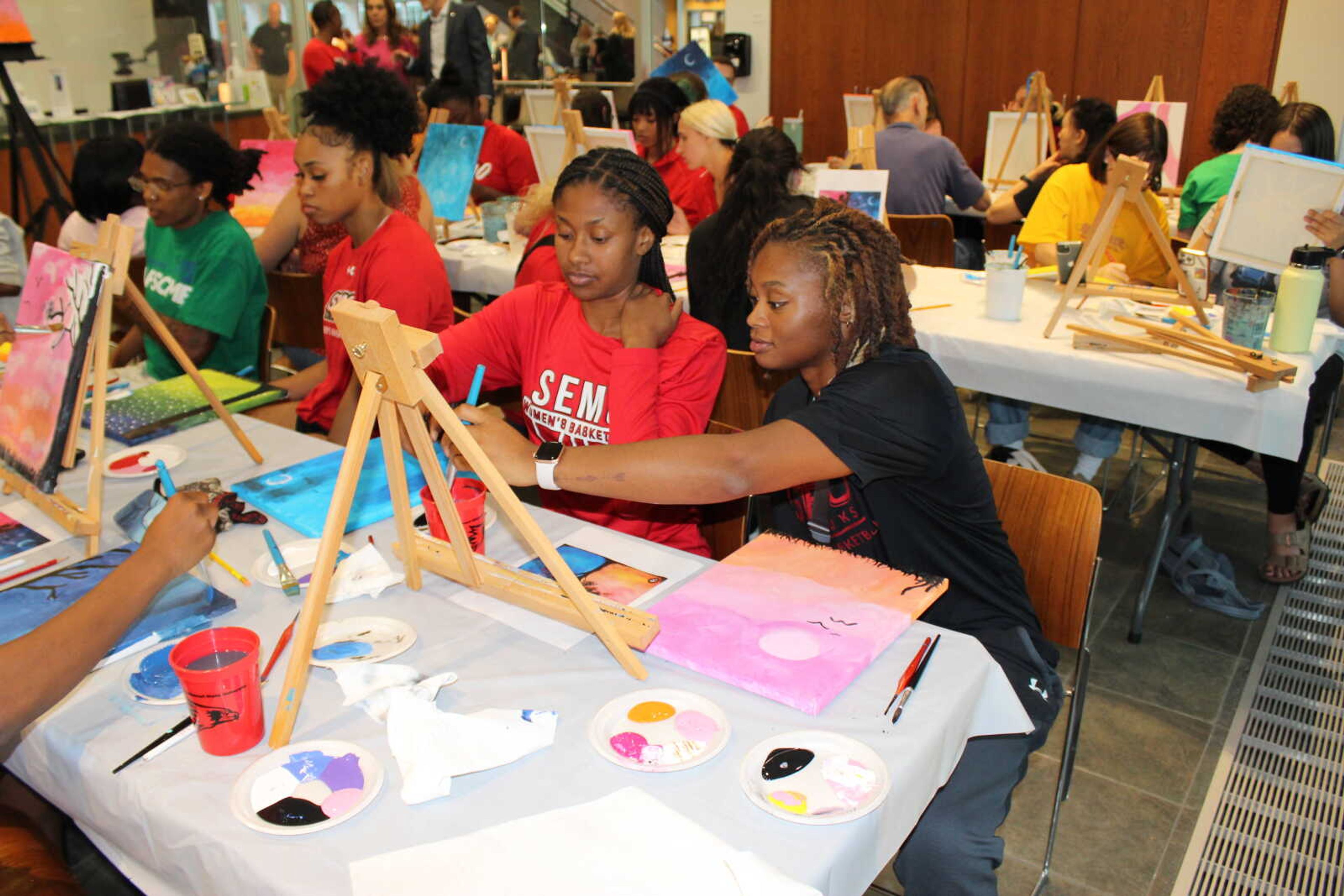Who is “Ivers” of Ivers Square?
Denise Lincoln, a local historian, answered this question for attendees of the Historic Talk Tuesday series at Crisp Museum at Southeast River Campus, Tuesday, Feb. 26.
In 2017, the Cape Girardeau City Council voted to give the name Ivers Square to the historic grounds that surround the Common Pleas Courthouse.
Lincoln spoke on the story of the Ivers family, known for their perseverance during the history of slavery in the region. The main focus of Lincoln’s lecture was on James Ivers, a former slave, and his significance in naming this location.
Cape Girardeau plans to place a statue which pays respect and symbolizes James Ivers, as well as the 200 other African-American families and soldiers who experienced similar situations of leaving their families and chose a constrained freedom of serving in the war. The statue is scheduled to be unveiled June 8.
“Being the change you wish to see in your community means to recognize some of the disunity that we are troubled by, and continues to separate and divide us,” Lincoln said.
John and Anastasia Ivers were born in Ireland and migrated to the United States. They lived in New York until the 1830s, when they later migrated to Cape Girardeau.
At this time young families moved and brought their own young slave families to help settle in newly developed towns with hopes of achieving financial success.
John Ivers began to work at The Reynolds Mill, which put Cape Girardeau on the map for its mass production of flour. Ivers partnered with produce and grocery merchants which allowed him to become successful and wealthy. James, one of his slaves, regularly helped with his local businesses.
Soon after, slave owners began to hire slaves out within the county for yearlong contracts due to the lack of work they were given at the family-owned businesses.
In town the public square became extremely popular. It acted as a farmers market, a spot where if you had something to sell, whether it be crafts, foods or plants, it could be sold there. This was a common gathering place for gardeners, farmers and housewives.
John Ivers began to climb the social scale and began to purchase more slaves, owning five at one point.
James, the Ivers’ slave, married Harriet, a slave owned by another family, and they soon had children, however, slaves were not able to see their partners, and the family faced constant separation.
John Ivers repurchased the family reuniting them in 1858, which enabled them to live together under the same roof.
June 18, 1863, the Union army began to allow the enlistment of colored men to join because of a desperate need for troops.
James walked his way up the hill in the downtown square to enlist.
“This square, the same spot which to Jim originally represented the heartache and separation of his family, was now seen as a way of choosing his own freedom,” Lincoln said.
At the time, the government required a first and last name to enlist, which left James the choice of naming himself James Ivers.
Lincoln believes public symbols such as the statue and the square are vital in spreading history of the town.
“People don’t always want to read a book on material to learn history,” Lincoln said. When you are in a public space and there is something easily accessible to teach people, an object that helps tell the story, they are much more likely to be curious.”
Lincoln has found that local stories similar to the Ivers’ are just waiting to be uncovered.
“This is a story that wants to tell itself, there is a yearning to tell this story in town, and the pieces just keep falling to place,” Lincoln said.
Historic Talk Tuesdays are held weekly at 7 p.m. at Southeast River Campus’ Crisp Museum.
